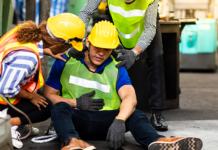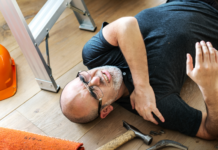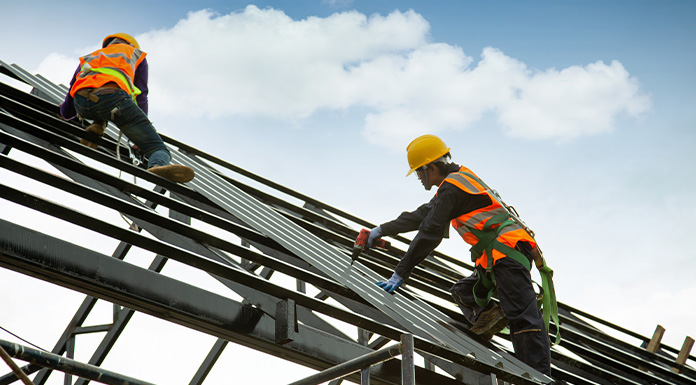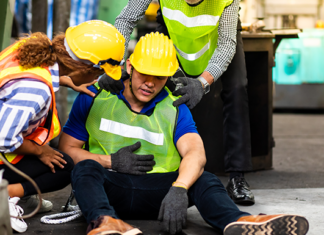Fall protection (general requirements) continues to be the #1 cited OSHA violation, with fall protection (training) coming in at the #8. Basically, falls are a big deal at a work site. According to the Bureau of Labor Statistics, falls from elevation are the second leading cause of occupational fatalities behind motor vehicle accidents in 2021.
While hazard assessments are an important part of any safety program, they are an especially important part of fall protection. Hazard assessments help employers determine the answers to the following important questions:
- When do you need to tie off? This means knowing the height that employees will be working at all times on the job. It also means knowing the pitch of a roof before starting the job.
- Are there alternatives to personal fall protection? Consider looking for alternatives to working from heights, such as using poles if possible.
- If I do need to tie off, how do I do it? It is important that anchor points are positioned for access while doing the job and that harnesses are adjusted properly for the worker.
- What type of fall protection is right for you? The best type of fall protection is the one that depends the least on worker activity. If a guardrail can be used, then you will not need to worry about the limitations of personal fall protection.
Limitations of personal fall protection
- Fall harnesses that do not fit properly. If a harness is too loose, it may not arrest a fall. A loose harness may also cause injury from a chest strap, causing damage to the neck.
- Not accounting for swing radius.
- Lanyards that are too long to arrest a fall.
- Not inspecting fall harnesses.
- Anchorage points that are not strong enough to arrest a fall. Anchor points should withstand 5000 pounds of force.
If you need personal fall protection, you must also ensure you have a rescue plan in place. Protecting employees also means mitigating injury in the event that a fall needs to be arrested. If employees are left suspended for too long, they can experience suspension trauma, which can result in loss of consciousness or circulatory shock from blood pooling.
Fall protection training requirements
Although a safety program involves many different aspects of implementation, training is also an OSHA regulation and necessary so that employees understand what they need to do. Employees need to be trained by a qualified person on the following:
- What are the fall hazards present and how to recognize them.
- What procedures need to be followed to prevent falls.
- The correct procedures for installing, inspecting, operating, maintaining, and disassembling the personal fall protection systems that employees use.
- How to properly use personal fall protection systems and equipment.
ICW Group’s Safety OnDemand(R) learning management system, available for free with your workers’ compensation policy, contains a full suite of safety resources, training, webinars, fall safety videos, and safety checklists for personal fall arrest systems to assist you with your fall protection program. In addition, we offer a Fall Protection Program Wizard and a Fall Protection Program Audit template to assist you with your Federal OSHA compliance efforts.
If you have questions or need help developing your program, please contact your ICW Group Risk Management Consultant or ICW Group’s Risk Management Services, and we will be happy to assist you.

















